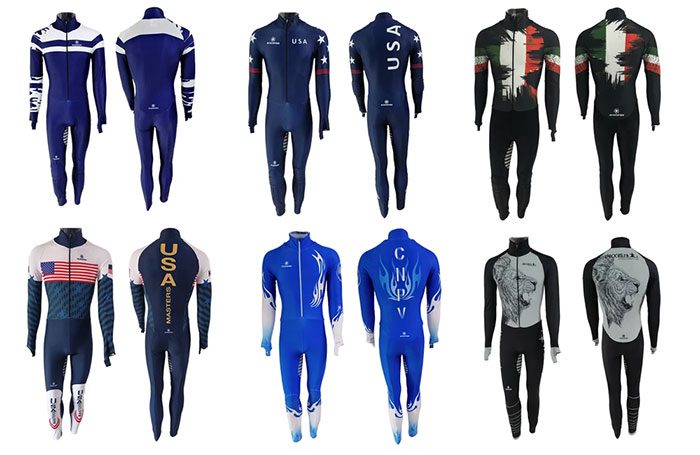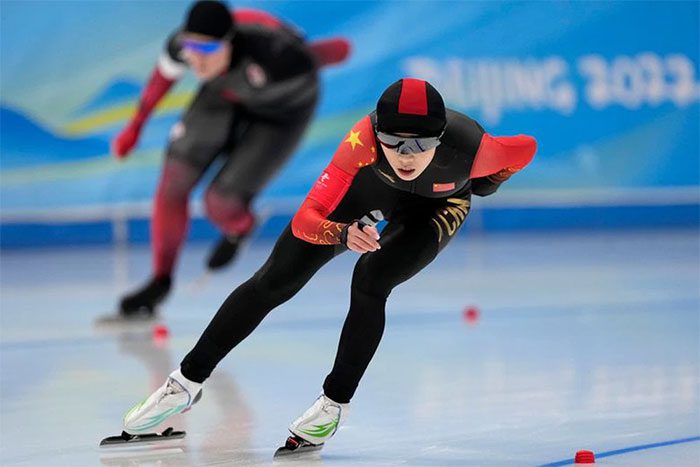In this article, we will explore the fascinating world of ice skating costumes worn by athletes, uncovering the intriguing details behind them.
Ice skating is a rapidly growing sport in China. However, the market for costumes in this discipline is still dominated by Western brands such as Karisma from Italy and Bolero from Russia.
Even accessories like skates are influenced by Edea from Italy and Jackson Ultima Skates from Canada. Therefore, during the Olympics held in their home country, many Chinese athletes have chosen domestic fashion brands.

Ice skater’s costume. (Photo: Roadstar).
These costumes are even handcrafted over several months and come at a high price (around $2,350 each, equivalent to over 53 million VND).
For example, the costume worn by figure skater Zhang Yixuan was designed by her sister, Zhang Yifan (25), the head of design at Yun Bing Wu Ji and Ice Queen.
Ice skating costumes must meet specific aesthetic and quality requirements. They need to be luxurious while also being able to withstand strong twisting and turning forces on the ice (especially when athletes fall).
The secret behind the materials used in short track speed skating costumes
In the short track speed skating discipline, most athletes do not wear socks but instead don a full-body suit (skin suit), along with protective padding, gloves, goggles, and helmets to protect their knees, heads, and eyes…

Costume of a short track speed skater. (Photo: The Seattle Times).
The fingertips of the gloves worn by athletes even feature tiny hard plastic balls to enhance contact with the slippery ice surface (aiding in direction changes or regaining balance…).
The skating suit also helps athletes stay warm while skating on the cold ice due to its construction from Polyurethane (which is durable, resistant to stretching, impact-resistant, and capable of withstanding environmental factors such as weather and oxidation).
Moreover, Polyurethane offers superior abrasion resistance compared to conventional rubber or even metals, and it is almost “immune” to both inorganic and organic chemicals. It is quite difficult to tear a suit made from Polyurethane (the tear strength of Polyurethane is around 500 – 100 lbs/inch).





















































